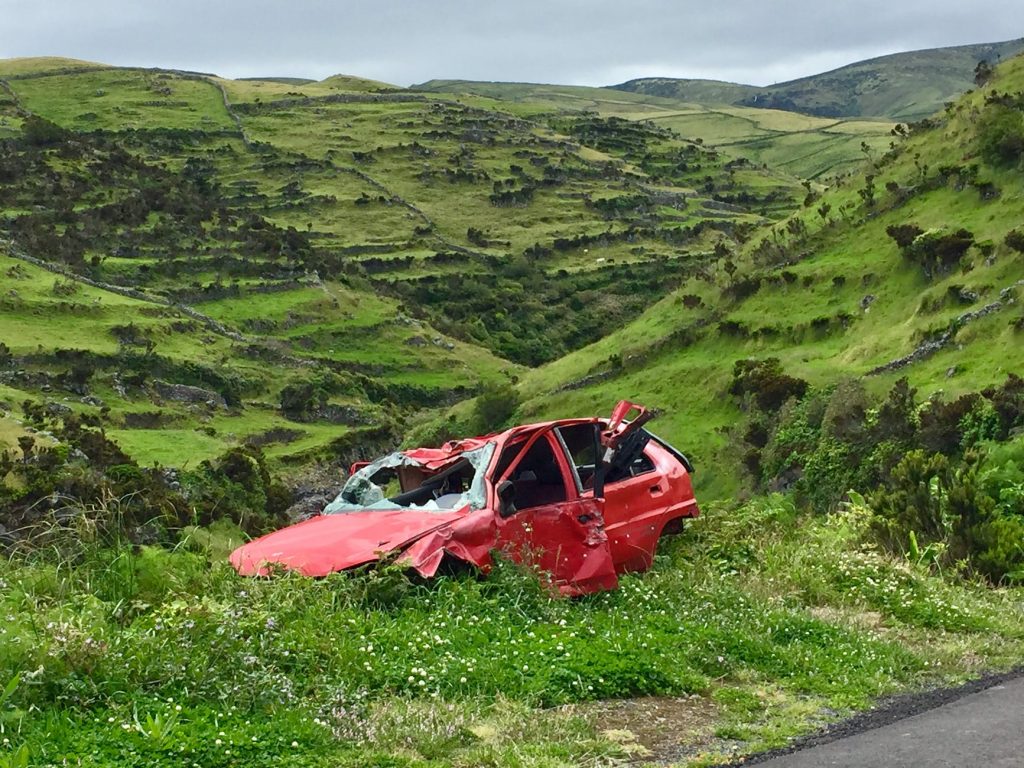Government Transport Policy Paper Delivers a Vision of the Future for Urban Mobility
3 minute read | March 28, 2019
Already, modern cars are profoundly different to those that came off the production line even a decade ago, and by the early 2020s, we expect driverless vehicles to be a familiar sight on our roads.
Other factors influencing mobility are the environment: pollution levels in our cities are forcing policymakers to contemplate new forms of power (Sir James Dyson has committed to developing a battery-powered car), and there are plans afoot to limit or ban vehicles in city centres altogether.
Telematics, which measures our driving behaviour, is now a familiar part of driving for young people, and as telematics black boxes move onto app platforms, and the price of installation falls, the size of the addressable market for this technology will increase substantially.
Only this week, the EU announced plans for vehicles to be fitted with speed-limiters, in a move to reduce the number of accidents within the EU each year. The UK is expected to follow suit. Campaigners say this is the biggest shake up in road safety since seat belts.
The government – which is after all responsible for policy making – has also weighed in to the debate. As part of the government’s overarching Industrial Strategy, in March the Department for Transport (DfT) published a policy paper: Future of Mobility: Urban Strategy.*
The paper acknowledges the seismic changes in urban mobility and highlights a new set of nine principles that will help shape future policy:
1 New modes of transport and new mobility services must be safe and secure by design.
2 The benefits of innovation in mobility must be available to all parts of the UK and all segments of society.
3 Walking, cycling and active travel must remain the best options for short urban journeys.
4 Mass transit must remain fundamental to an efficient transport system.
5 New mobility services must lead the transition to zero emissions.
6 Mobility innovation must help to reduce congestion through more efficient use of limited road space, for example through sharing rides, increasing occupancy or consolidating freight.
7 The marketplace for mobility must be open to stimulate innovation and give the best deal to consumers.
8 New mobility services must be designed to operate as part of an integrated transport system combining public, private and multiple modes for transport users.
9 Data from new mobility services must be shared where appropriate to improve choice and the operation of the transport system
The DfT plans acknowledge that ministers don’t yet have ‘all the answers’ given the uncertainty baked into technology development, and the rate of adoption by consumers. But it does set out some areas of focus for 2019.
These include implementing a flexible regulatory framework, including four new areas for review: Micromobility vehicles and how to trial them. This relates to new modes of transport that deal with short distance travel; 60% of car journeys worldwide are no more than 8kms. Second, looking at mobility as a service (car sharing for example), thirdly, transport data, and finally, modernising public transport (buses and taxis).
The paper makes clear that there is a key role for industry and local transport leaders. The government has signalled its desire to support the automotive industry through these changes, to encourage information sharing, and to help prepare the local environment for the changes. The government will continue to peer review its work, and ensure that decision making is robust, via modelling, piloting and analysis/research.
And, as part of the industrial strategy, it commits to capitalising on the economic opportunities for the UK from R&D in new modes of transport, such as drone technology, zero emission vehicles and connected/autonomous vehicle technology.
There are undoubtedly exciting times ahead for mobility, but change will ultimately lead to the emergence of new risks. To get it right, significant thought and action needs to be applied to mitigating these risks. Insurance and claims services will need to keep pace with any changes and – furthermore – play an active role in bringing solutions to our future transport needs. All these aspects require careful consideration as part of the overall transport and mobility transformation.
Source and further reading: https://assets.publishing.service.gov.uk/government/uploads/system/uploads/attachment_data/file/786654/future-of-mobility-strategy.pdf
Back to resources